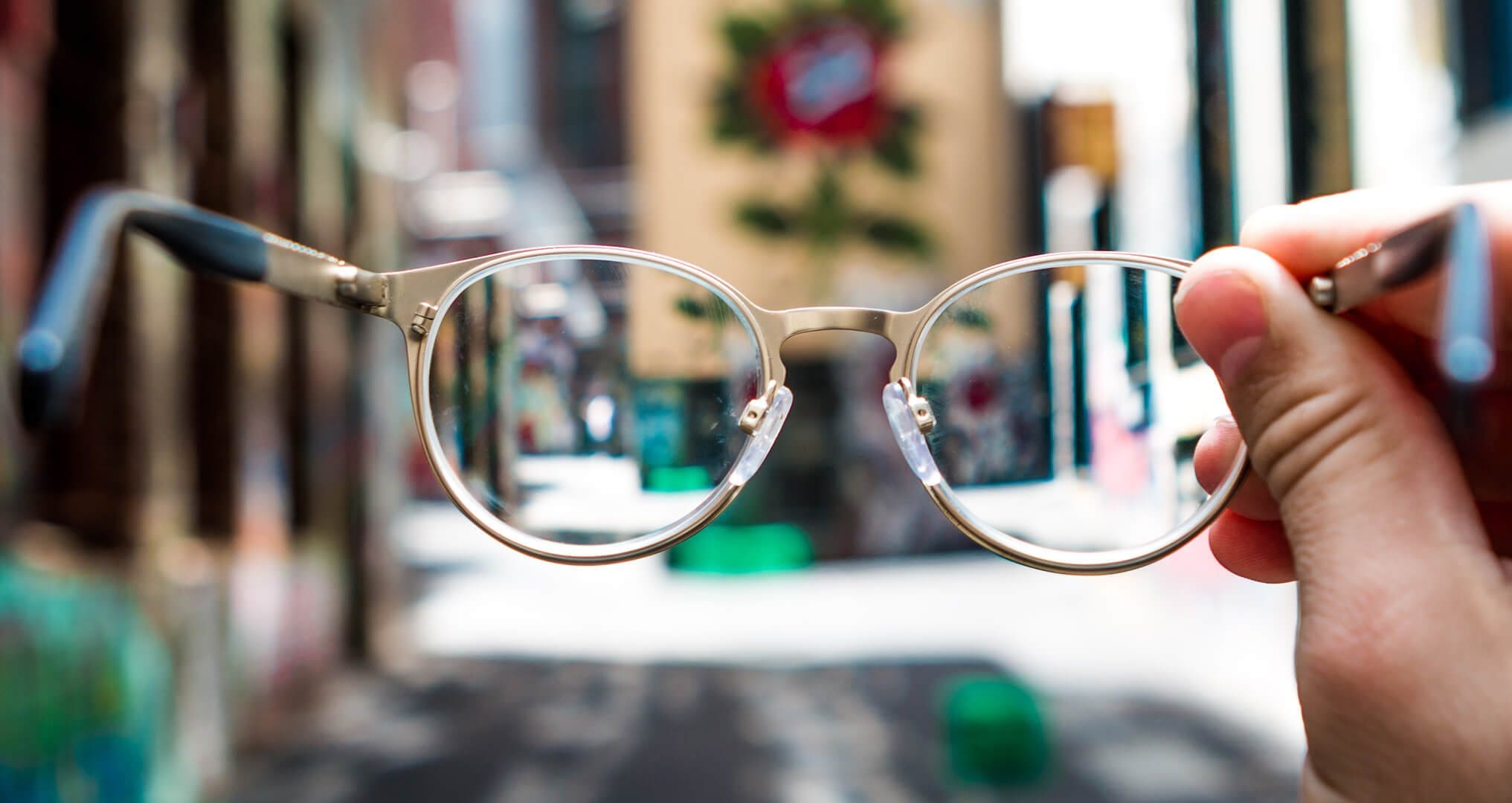If you’ve ever experienced depression, you know that it can make your world seem dark and gray. This perception of your surroundings and reality feels incredibly real, and you just can shake the gloominess. People without depression may not understand you and can’t relate to how your brain sees the world around you. That’s because a new study published in the Journal of Psychiatry and Neuroscience found that depression can change how you physically see the world.
As a clinic specializing in neurofeedback, Peak Brain Centers treats a lot of patients with depression and anxiety. We often see how unsure, unconfident, and bleak our patients see the world. But now we have a better understanding of how their brain works.
The Cerebral Cortex Plays a Key Role
In the study, researchers analyzed how the cerebral cortex – the part of the brain responsible for receiving messages from the five senses – interpreted a gray-scale optical illusion. One hundred forty people were tested in the entire study, 111 of which were experiencing a major depressive episode and 29 people who were not.
Researchers found that the brains of the depressed were more likely to be fooled by the contrasting illusion in five separate images. Simultaneously, those without depressive symptoms could not be swayed to say that the gray center box was a different shade in any of the images. What researchers hypothesized is “that a weaker contrast signal gets beamed from the retina to the cortex in people with depression.” However, the study’s authors explain that further research would need to be done to see what is happening in this body process.
Optical Illusions are Best
When it comes to testing the sense of sight and how depression can change how you physically see the world, scientists know that the optical illusion is always the best test. These images challenge your eyes and your brain to make sense of what’s being seen. Your brain must also balance out contrast and brightness, create an association between the images, and tell you what it perceives. All these processes happen in the cerebral cortex.
The authors of the study go on to say, “Because contrast suppression is orientation-specific and relies on cortical processing, our results suggest that people experiencing a major depressive episode have normal retinal processing but altered cortical contrast normalization.”
Depression Changes the Brain’s Structure
Depression is more than just feeling lost and down: it can physically change the structure of your brain. For starters, we now know that depression can cause your brain to shrink in size. This not only affects critical areas of the brain like the hippocampus, thalamus, amygdala, frontal lobe, and prefrontal cortices, but it can also lead to decreased function in neurotransmitters. The brain can also experience a higher-than-normal level of inflammation when depressed. This inflammation can lead to dysfunctions in brain development, learning, memory, and mood.
Some research suggests depression is linked to oxygen deprivation in the brain. Researchers think this is because of the changes in breathing that occur in a depressed individual. Depression can cause muscle tightness and labored breathing, all of which deprive your brain of the oxygen it needs to function.
We Can Help You Be a Better You
Your brain is the only one you’ll get, so why not make it the best place to be. You spend more time in your head than you do with others, so Peak Brain Centers wants to help you make it a pleasant, happy, and healthy place. Depression can affect nearly every aspect of your life, and now we’ve learned that it can also change how you physically see the world. So, let’s change that with a specialized neurofeedback training plan. Our treatment will also help mitigate the symptoms related to PTSD and migraines. So, don’t wait another minute. Call us today at (765) 667-9720, or schedule an appointment online.
Photo by Josh Calabrese on Unsplash







Leave A Comment
You must be logged in to post a comment.